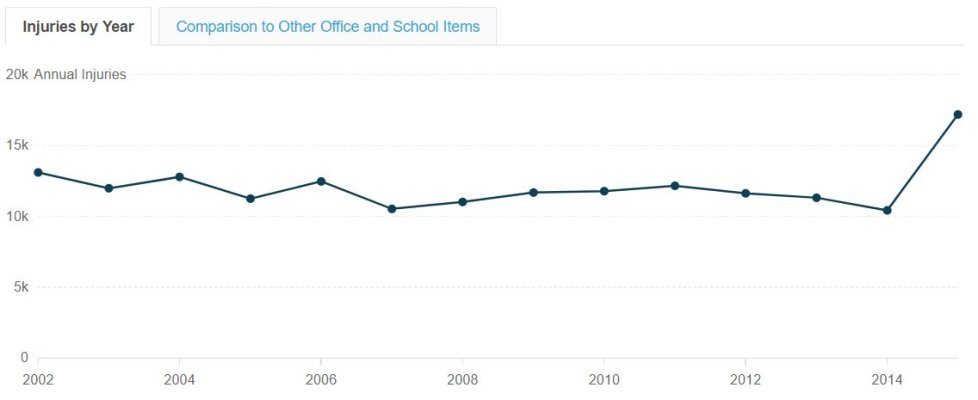firstbase
Guru
- Joined
- Nov 6, 2016
- Messages
- 1,644
- Location
- United States
- Vessel Name
- Black Eyed Susan
- Vessel Make
- Grand Banks 42' Classic
By the way, a competency test for boat operators is a good idea in my view.
Agreed. As do I. I'm even ok with some flight certification for drones.
I know you and others think it's OK to slam the occasional drone into people or property. The FAA does not. You are regulated accordingly. The debate over whether hobby drones should be regulated took place years ago. The current debate is whether even more stringent regulation is required. Believe me, it's far from over. And the more you antagonize the public with risky operations, the worse it will be for hobby drones.
You like to put words in peoples mouths and erroneously attribute comments and ideas to them don't you? That's where your axe to grind shows. I don't think it is "ok to slam the occasional drone into people or property." Rufus, please. I am all for some regulations meant to minimize those incidents but not to the point of destroying the hobby. You seem to want to regulate things to perfection and that is impossible. I believe you would be all in for simply banning drones but even that won't stop people from flying and having an accident on occasion. As for your comment about me antagonizing the public with "risky operations" I don't even own a drone nor have I ever flown one. I just recognize the governments piss poor performance when sticking their nose into and over regulating certain areas of our lives. I can't fly a drone over my own property to take video of the grandkids in the pool without calling Palm Beach International control tower first?
Last edited:




